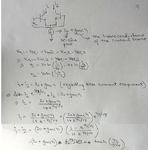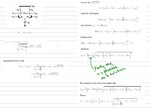promach
Advanced Member level 4

Could anyone help to derive mosfet differential current expression (9.4) ?
Note: Screenshot taken from book "Low-power-wireless-communication-circuits-and-systems-60GHz-and-beyond"

Note: Screenshot taken from book "Low-power-wireless-communication-circuits-and-systems-60GHz-and-beyond"




